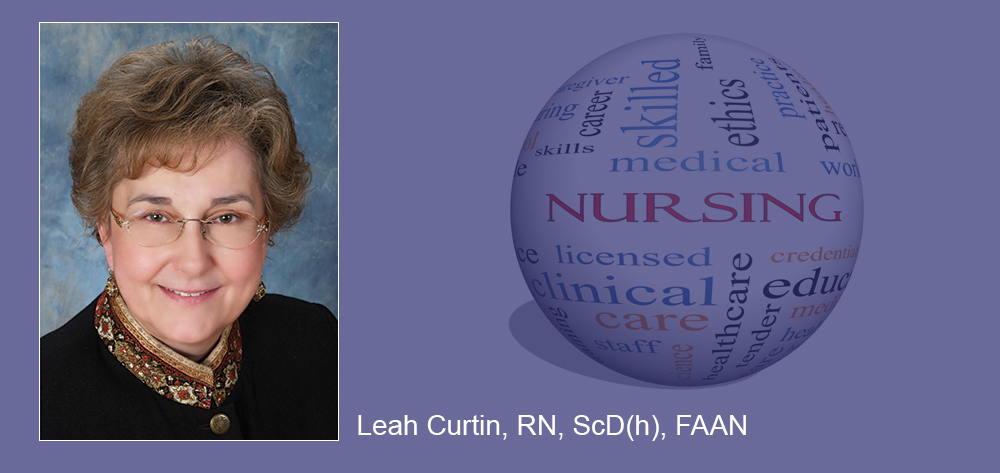

IF YOU’VE EVER WONDERED if you can consciously change not just your mind but the very structure of your brain, Alfred North Whitehead is proof positive that you can. Whitehead co-wrote Principia Mathematica, which put in motion forces that eventually led to translating language into mathematical code (the foundation of computer language). Later, he wrote Process and Reality, often considered the foundation of social liberalism. One might think these two books were written by two entirely different men.
Certainly we know people change, but for the most part we’ve thought that when they “changed,” they simply developed talents, abilities, and character traits they already had. And to some extent this is true, but not entirely. Actions people choose to take—lines of thought or behavior they choose to pursue—not only can help them develop their latent abilities; they also can change the very structure of the brain, enabling development of abilities not previously present.
Take, for example, the practice of meditation. Science shows that meditating repeatedly not only calms the mind but changes the structure of part of the brain. University of Oregon researchers analyzed data from a previous study involving 45 undergraduate students from that university, along with data from a study involving 68 students at Dalian University of Technology in China who practiced integrative bodymind training. Using diffusion tensor imaging, they found an increase in the number of signaling connections in the brain, called axonal density. After a month in which study participants meditated for a total of approximately 11 hours, they found even more increases in brain-signaling connections, as well as an increase in protective myelin around axons in the brain’s anterior cingulate region.
The researchers went so far as to suggest that meditation and the physical changes it caused in the brain could be used to “treat” mental disorders. “The dynamic pattern of white-matter change involving the anterior cingulate cortex, a part of the brain network related to self-regulation, could provide a means for intervention to improve or prevent mental disorders.” (Tang, 2009.)
Perhaps meditation can be used to treat physical disorders, too. We know exercise can change the body physically. So maybe we shouldn’t be surprised that exercising the mind changes the brain physically, or that a damaged or changed brain may result in a very different person. Take, for example, Jill Bolte Taylor, a neuroscientist who had a massive stroke. For a long time after her stroke, she experienced life as a mystic. Slowly, she learned to resume her logical, verbal, and externally directed functions. But once Taylor was able to function better, the liberation of her right brain hemisphere set in motion a new flow of creativity. Now she is an artist as well as scientist; a philosopher as well as teacher.
Life often causes us to become lefthemisphere dominant. Through practice, we can become adept not only at accessing more of the right hemisphere, including the circuitry of bliss and enlightenment. We also can achieve a greater balance in life in general, letting the right hemisphere get in on the act more often. In short, we can change our own brains, our thinking, and our lives— physically, mentally and emotionally—if we choose to do so.
The growing body of work in neuro-functioning, cognition, and neuroanatomy may add a whole new dimension to the mind-body-spirit connection, taking it out of the realm of quackery into the halls of legitimate science.
Selected references
Tang YY, Lu Q, Fan M, Yang Y, Posner MI. Mechanisms of white matter changes induced by meditation. Proc Natl Acad Sci USA. 2012;109(26):10570-4.
Taylor JB. My Stroke of Insight. New York; Viking Press: 2009.
Xie J, Brayne C, Matthews FE; Medical Research Council Cognitive Function and Ageing Study Collaborators. Survival times in people with dementia: analysis from population based cohort study with 14 year follow-up. BMJ. 2008;336(7638):258-62.


















